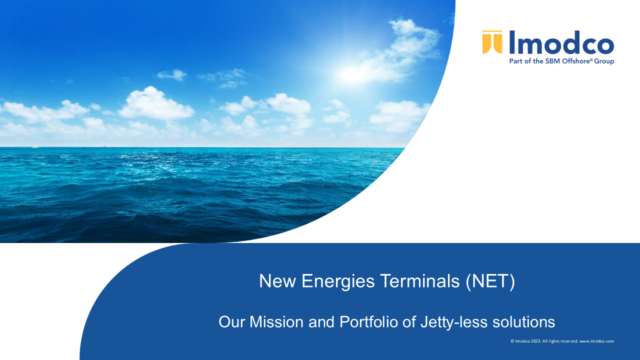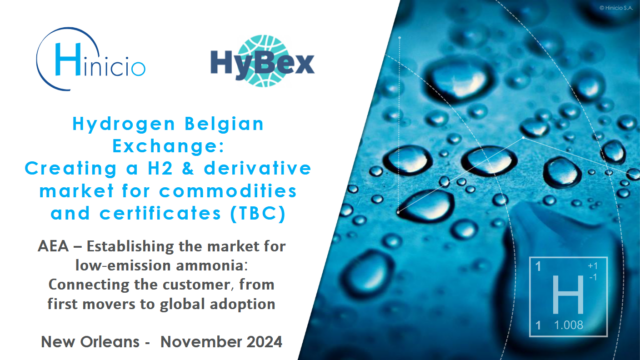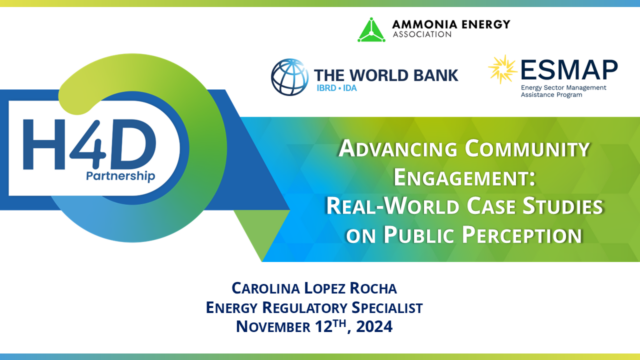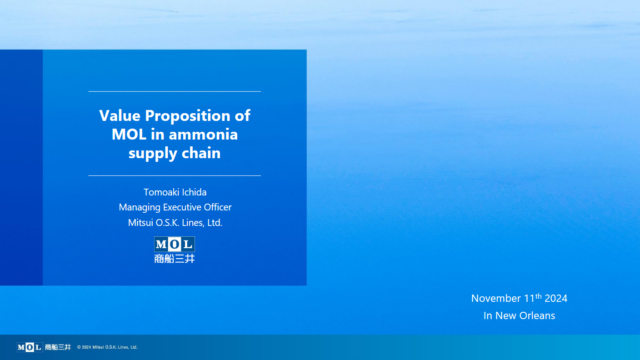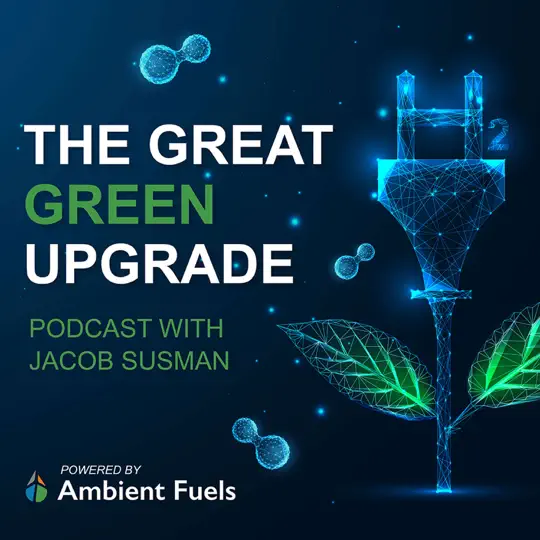Infrastructure
Article
Lessons for renewable hydrogen deployment
Learn from Ambient Fuels’ educational podcast series the Great Green Upgrade, featuring interviews with key stakeholders from around the renewable hydrogen and ammonia industry. Senior Director of Development Emily Wolf will lead a discussion around the deployment of electrolysis for ammonia production at next week’s AEA annual conference in New Orleans.
